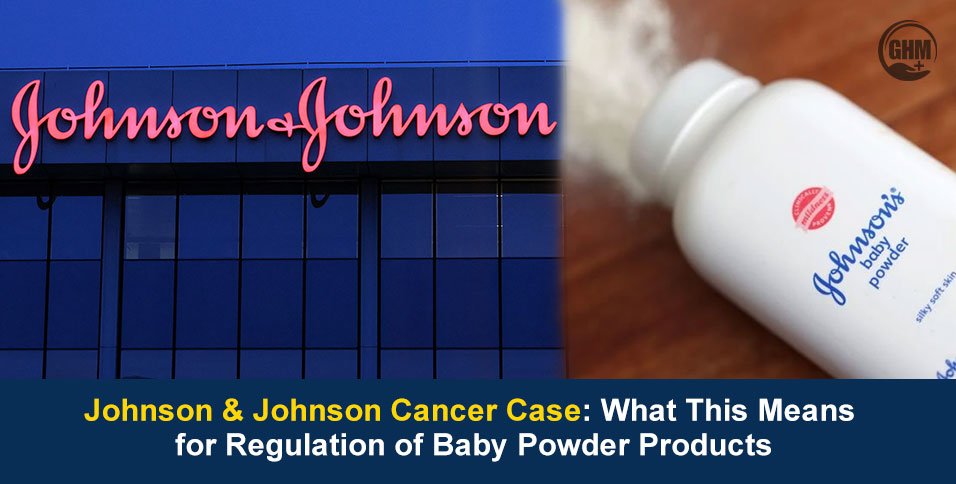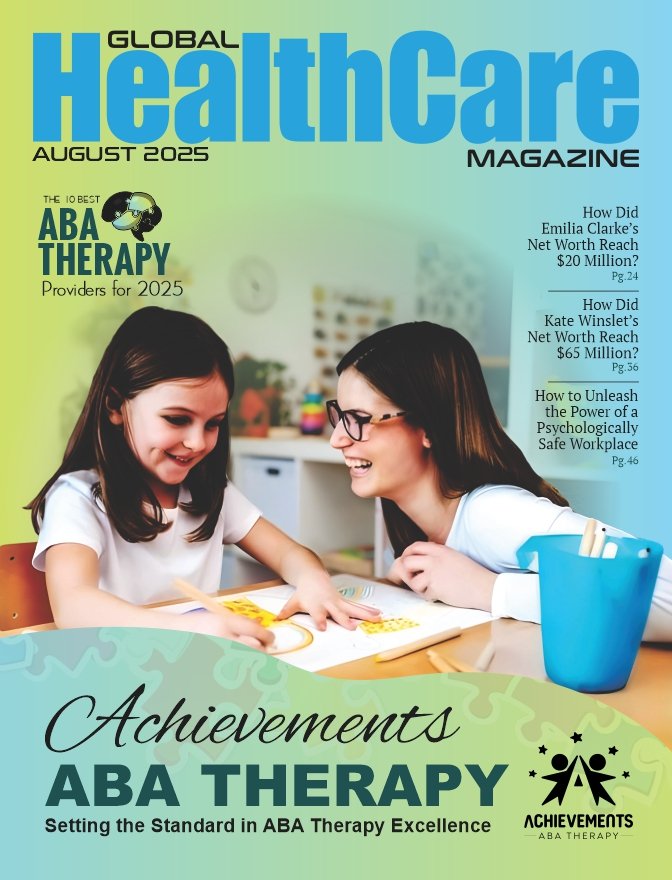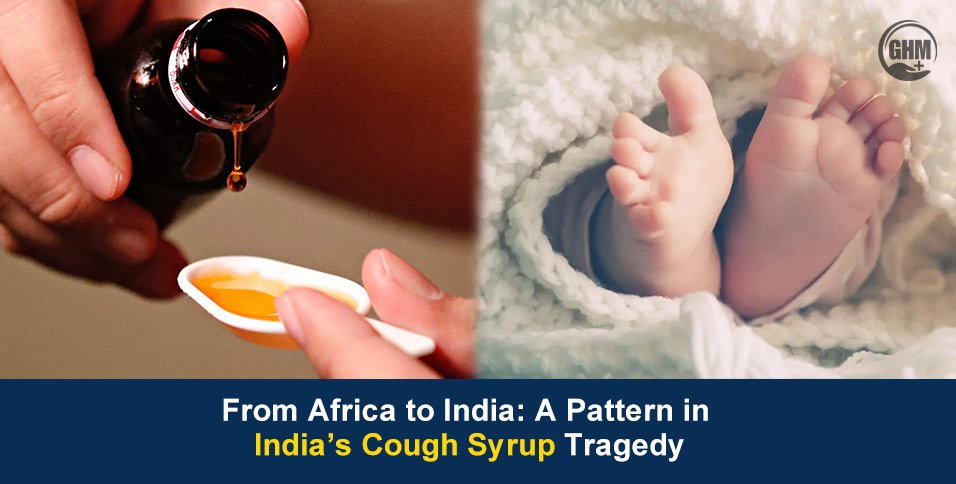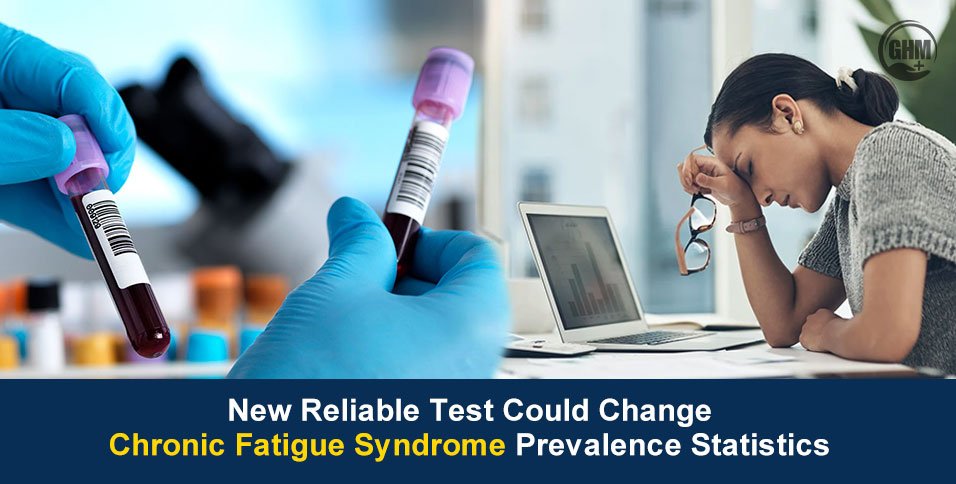The Johnson & Johnson Cancer Case has moved far beyond the courtroom. A U.S. jury’s landmark verdict ordered the company to pay $966 million in damages.
This has placed intense scrutiny on how baby powder products are regulated, labelled, and marketed globally. While the legal outcome is historic, the ripple effect on consumer safety standards could be even more significant.
A Legal Turning Point
The J & J Cancer Case involved a man diagnosed with mesothelioma who claimed asbestos in the company’s talc-based powder caused his illness. The jury found the company liable, awarding $16 million in compensatory damages and a striking $950 million in punitive damages.
This verdict, experts say, is more than a legal blow. It may shape the future of cosmetic product safety.
“This case is a wake-up call for regulators to tighten oversight on personal care products,” said Dr Lisa Grant, a public health policy expert at the University of Michigan.
Implications of the Johnson & Johnson Cancer Case
- A precedent for global regulation: The scale of the verdict could push governments and health agencies to revisit product testing standards for talc-based powders.
- Consumer trust on the line: Millions of consumers worldwide use baby powder daily, making this a matter of public health, not just corporate accountability.
- Corporate responsibility spotlight: After this Case, companies may face increased pressure to disclose ingredients and contamination risks more transparently.
Current Regulation of Baby Powder Products
1. Limited oversight in personal care products
In many countries, products like baby powder face less stringent testing compared to pharmaceuticals. This Case has exposed how these regulatory gaps can affect public health.
2. Lack of mandatory asbestos testing
Unlike industrial products, cosmetic-grade talc doesn’t always require comprehensive asbestos (fibrous minerals) testing. This legal verdict could drive changes in making such testing mandatory.
3. Regulatory agencies under pressure
Organisations like the U.S. Food and Drug Administration (FDA) and the European Chemicals Agency (ECHA) may now face mounting public and legal pressure to strengthen labelling requirements and testing standards.
Lessons Learned from the Johnson & Johnson Cancer Case
1. Transparency is key
The case highlighted how a lack of transparent reporting can lead to long-term legal and health consequences.
2. Corporate claims vs. scientific evidence
While Johnson & Johnson denied any wrongdoing, scientific evidence about asbestos exposure risks played a crucial role in the J&J Cancer Case.
3. Consumer protection lagging behind
Public safety measures often react after harm has occurred. This case could shift regulations toward proactive consumer protection.
Global Effect
This Case has captured attention well beyond the U.S.
- India: One of the biggest markets for baby powder could tighten import standards and labelling rules.
- EU nations: With stricter cosmetic safety regulations, European agencies might revisit risk thresholds for talc-based products.
- Asia-Pacific: Governments may push companies to shift to talc-free or cornstarch-based alternatives.
Future Potential Regulatory Reforms
- Mandatory asbestos testing in all cosmetic talc products.
- Stronger labelling rules, including clear disclosure of ingredients and risks.
- Regular third-party audits for manufacturing facilities.
- Consumer alerts or warnings for high-risk product categories.
The Johnson & Johnson Cancer Case could become the blueprint for a new era of product safety regulations worldwide.
Conclusion
The Johnson & Johnson Cancer Case is not just another lawsuit; it’s a catalyst for global regulatory reform. As governments review safety frameworks and consumers demand transparency, the personal care industry is at a critical turning point.
How swiftly regulators act and how responsibly companies respond will determine whether this becomes a short-term legal headline or a lasting consumer safety milestone.


















